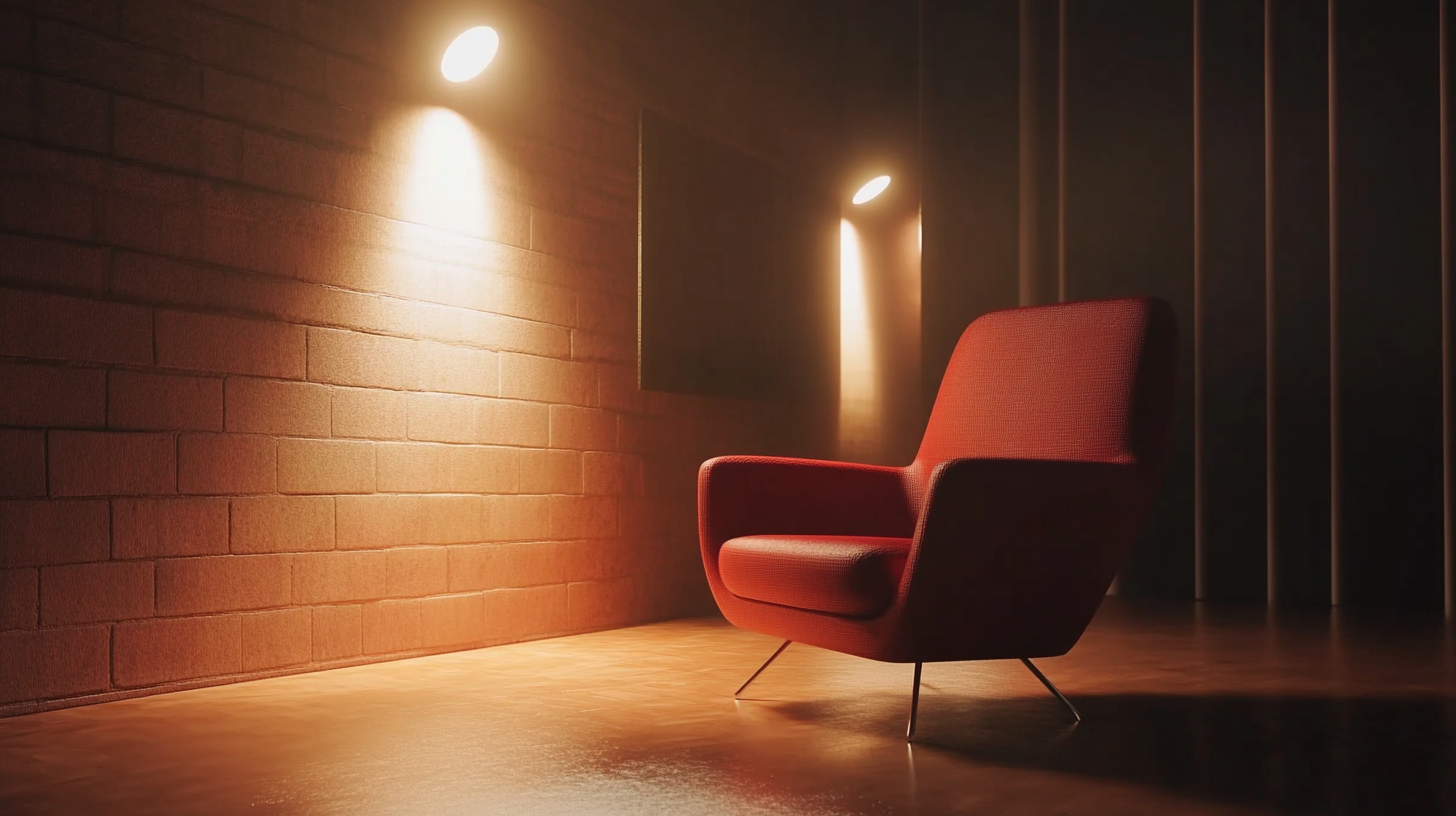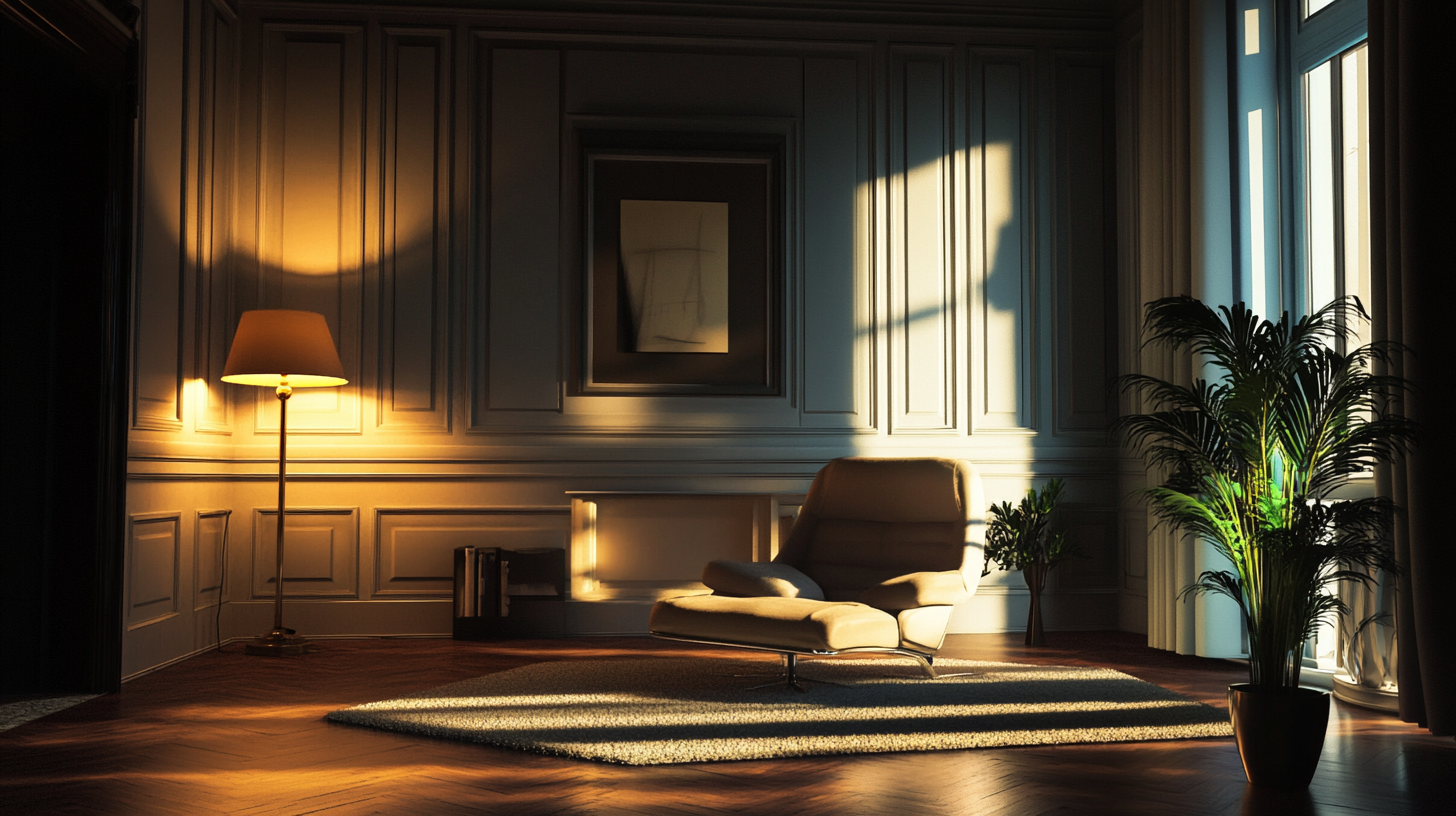Mastering Best Lighting Design: A Comprehensive Tutorial for Optimal Illumination Techniques
In an era where optimal illumination techniques play a pivotal role in enhancing aesthetic appeal and functionality, mastering Lighting Design has become a necessity for professionals in various sectors. According to the International Association of Lighting Designers (IALD), effective lighting design can increase productivity by up to 23% in workplace environments and even influence purchasing decisions in retail settings by as much as 30%. With the rise of green technologies and sustainable practices, impeccable lighting design not only bolsters visual comfort but also contributes to energy efficiency, reducing consumption by 30-40% as highlighted by the U.S. Department of Energy. This comprehensive tutorial aims to guide you through the essential principles and innovative techniques in lighting design, setting a strong foundation for optimal illumination that transcends both functionality and style.

Understanding the Fundamentals of Lighting Design for Different Spaces
Lighting design is a critical component in creating functional and aesthetically pleasing spaces. Understanding the fundamentals of lighting for different environments, such as living rooms, kitchens, and cultural settings, can greatly enhance the overall ambiance and usability of a space. Research indicates that well-planned lighting can improve mood and productivity by up to 20%, making it a key element in interior design.
In 2024, a trend towards layered lighting continues to dominate, emphasizing the importance of combining various types of fixtures to achieve optimal illumination. Experts suggest incorporating overhead lighting with task and accent lights to create a dynamic and versatile environment. For instance, in kitchen design, the right blend of ceiling-mounted fixtures and under-cabinet lighting not only improves functionality but also highlights the visual aspects of the space, enhancing the culinary experience.
Additionally, the role of lighting in cultural settings cannot be overlooked; it can dramatically influence the perception and appreciation of art in museums. Workshops and masterclasses have been focusing on these principles, underscoring how effective lighting design can traverse the “silent drama” of displayed works. As designers continue to explore the nuances of light, the integration of technology and creativity will pave the way for innovative lighting solutions in diverse spaces.
Exploring Natural vs. Artificial Lighting: Best Practices for Each
When it comes to lighting design, understanding the strengths and limitations of natural and artificial lighting is essential. Natural light, often hailed for its ability to enhance mood and establish a sense of space, has its own set of best practices. When possible, maximize the use of windows and skylights to flood interiors with sunlight. Consider the orientation of your space—south-facing windows attract more light throughout the day, while north-facing ones provide a softer, diffused glow. Furthermore, the use of light-colored walls and reflective surfaces can amplify this natural light, creating an airy and vibrant atmosphere.

On the other hand, artificial lighting plays a crucial role, especially during evening hours or in spaces lacking natural light. The key to effective artificial lighting lies in layering—combining ambient, task, and accent lights to achieve a harmonious balance. Utilize dimmers to adjust the brightness depending on the time of day or the activity at hand. Selecting the right color temperature is also vital; warmer tones tend to create a cozy environment, while cooler hues can boost alertness and focus. By mastering both natural and artificial lighting techniques, designers can create dynamic and versatile spaces that cater to both functionality and aesthetics.
Techniques for Layering Light: Ambient, Task, and Accent Explained
When it comes to creating a well-illuminated space, understanding the three key types of lighting—ambient, task, and accent—is essential.

Task lighting, on the other hand, is designed to illuminate specific areas where activities are performed, such as reading or cooking. Desk lamps, under-cabinet lights, and floor lamps are excellent examples that provide focused light without contributing to overall brightness. When positioning task lighting, keep in mind the height and angle to reduce glare and shadows, ensuring that the light effectively aids in the tasks at hand.
Lastly, accent lighting adds depth and personality to your spaces by highlighting artwork, architectural features, or decorative objects. Spotlights, wall sconces, and picture lights can create visual interest and draw attention to focal points in a room. Effective layering of these three lighting types not only enhances functionality but also transforms the ambiance, allowing you to master the art of illumination in any setting.
Choosing the Right Fixtures: Styles, Materials, and Functionality
When it comes to enhancing the ambience of any space, choosing the right lighting fixtures is essential. The first aspect to consider is style. Fixtures come in a variety of designs, from modern minimalism to vintage charm, and the right choice should complement your existing décor. For instance, sleek pendant lights can add a contemporary touch to a kitchen, while ornate chandeliers can serve as stunning focal points in dining areas. It's important to think about how these fixtures not only illuminate but also enhance the overall aesthetic of the room.
Material also plays a crucial role in the effectiveness and longevity of lighting fixtures. Options like metal, glass, wood, or even eco-friendly materials each bring a unique character to your lighting design. Metal fixtures may provide a modern edge, while wooden designs can infuse a warm, natural vibe. Additionally, functionality should not be overlooked. Consider the purpose of each fixture: task lighting for reading, ambient lighting for relaxation, or accent lighting to highlight artwork. By harmonizing style, material, and functionality, you can create a well-rounded lighting plan that not only meets your needs but elevates your space to new heights.
Mastering Best Lighting Design: A Comprehensive Overview of Fixture Types
This chart presents a comparison of various lighting fixture types based on their usage frequency in residential and commercial settings. Understanding these trends helps in optimal lighting design by choosing the right fixtures.
Common Lighting Mistakes to Avoid for Achieving Optimal Illumination
When it comes to achieving optimal illumination in any space, avoiding common lighting mistakes is crucial. For instance, many homeowners overlook the importance of layering lighting, which combines ambient, task, and accent lighting to create a well-rounded atmosphere.
Research indicates that effective layering can enhance a room’s functionality by up to 30%, making it more versatile for different activities. Whether you’re illuminating a kitchen or a cozy living room, neglecting to mix these lighting types can result in frustrating shadows and poorly lit corners.
Another prevalent mistake is inappropriate bulb selection. Experts suggest that using the wrong color temperature can drastically affect a room's mood and purpose. For instance, warm light (2700K-3000K) is ideal for relaxing spaces like bedrooms, while cooler light (4000K-5000K) is more suited for work areas such as kitchens and offices.
Data shows that 60% of lighting design failures are attributed to ill-suited bulb choices. By carefully considering light type, color, and placement, homeowners can create inviting and functional spaces that boast optimal illumination techniques.
 Skip to content
Skip to content